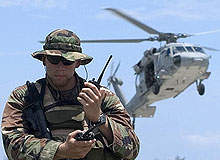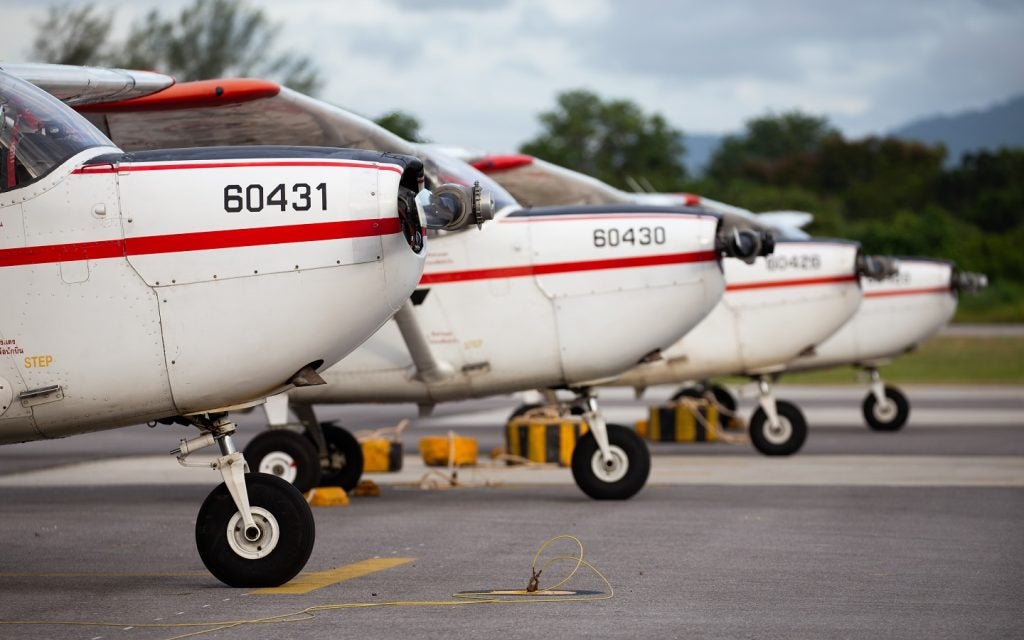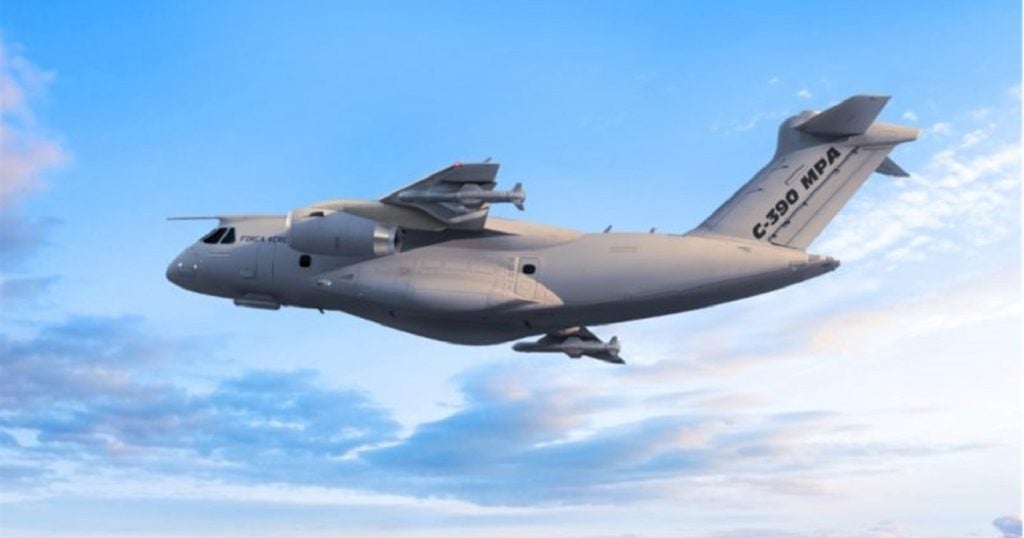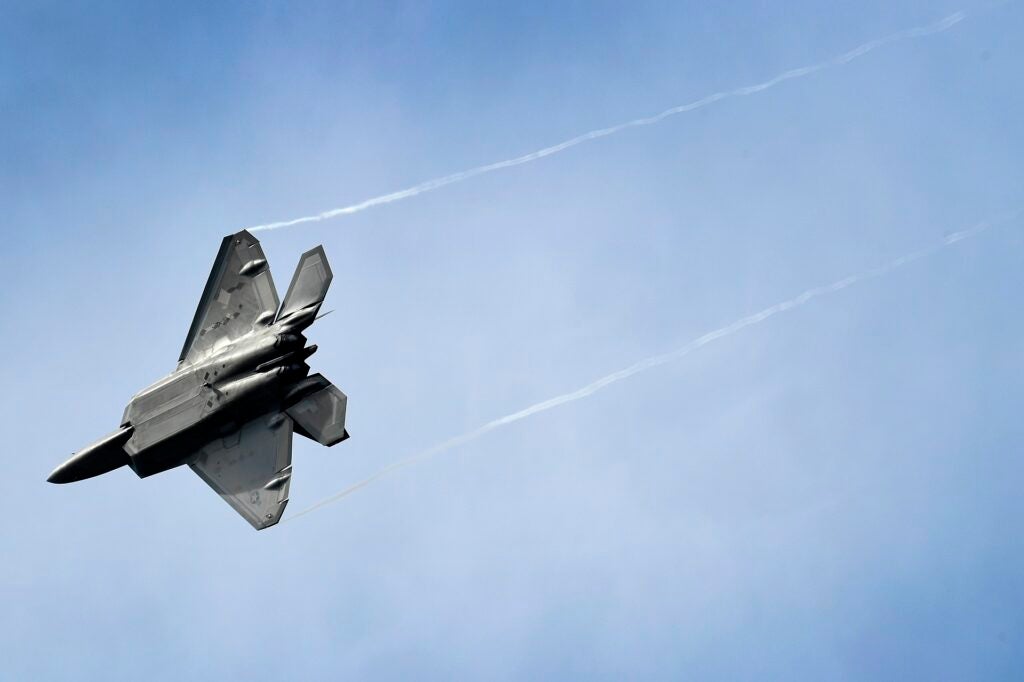
When emergencies do occur, the US Air Force needs products that will help minimise injuries to its workers. In order to prevent emergencies, Motorola sells the air force radio technology that is used for security and fire operations while Safety Manufacturing sells medical products that can be used by emergency medical personnel to minimise patient injuries.
We speak to Kris Stegner of Motorola and Pam Gerson of Certified Safety Manufacturing to discuss how specialised private sector technology can be of benefit to the air force.
Kenya McCullum: What kind of emergency and fire equipment does Motorola supply to the air force?
Kris Stegner: Motorola supplies mission-critical land mobile radio (LMR) technology to the US Air Force in support of worldwide base operations. Our products are used for essential services such as security forces, flight line and fire operations.
The technology used by most bases is based on the Association of Public Communications Officials (APCO) Project 25 trunking standard, which provides the air force with spectrum efficiency and operational flexibility and interoperability with other air force and Department of Defense bases.
See Also:
KM: How do these products work?
How well do you really know your competitors?
Access the most comprehensive Company Profiles on the market, powered by GlobalData. Save hours of research. Gain competitive edge.

Thank you!
Your download email will arrive shortly
Not ready to buy yet? Download a free sample
We are confident about the unique quality of our Company Profiles. However, we want you to make the most beneficial decision for your business, so we offer a free sample that you can download by submitting the below form
By GlobalDataKS: A trunked system has a computer-based controller that efficiently manages the use of each radio channel to achieve these benefits. The other configuration in use at some smaller air force facilities is an Astro 25 conventional system, which provides communications for the base without the added benefits provided by trunking technology.
The subscribers that Motorola supplies are MIL SPEC 810 C, D and E compliant AES secure portable radios, and mobiles that operate on trunked or conventional infrastructures. All of the portables and mobiles are P25 capable units for over-the-air interoperability. In some cases, command and control consoles are used for dispatch and E911 purposes to complete the layer of force protection.
KM: How is the air force using these products?
KS: A typical air force facility uses these products the same way a typical public safety department uses their two-way communications for life safety, force protection, security, fire operations, management of hazardous materials, base administration, public works and quality of life.
KM: What does the air force look for in emergency and fire equipment products and how does your company meet these needs?
KS: Motorola’s air force customers use and require private radio networks so that the systems can be designed and managed according to their requirements (e.g. loading, geographical coverage, etc.). The air force requires LMR products that are flexible, robust, APCO Project 25, FIPS 140-2 AES, MIL SPEC ruggedised, and Department of Defense LMR policy compliant. Our Astro 25 product line meets or exceeds these requirements.
KM: What makes your emergency and fire equipment innovative?
KS: Motorola LMR products are designed and manufactured specifically to meet the operational and ergonomic demands of the most-demanding mission-critical customer requirements in the industry. When Air Force personnel push their radio to talk, it needs to work every time with superior voice quality. Motorola LMR products deliver this performance and quality.
KM: Where will this technology head in the future?
KS: Information assurance (IA), as applied to computer networks, is now often required for many Department of Defense LMR systems, given that they are IP based and connect to computer and/or telephony networks. Motorola is a leader in the application of IA to LMR systems. We expect all LMR systems in Department of Defense inventory to eventually have IA requirements, and software-defined and cognitive radio architectures are also being investigated as LMR next generation technologies.
KM: What kind of products does Certified Safety Manufacturing sell to the air force?
Pam Gerson: Certified Safety Manufacturing makes many first aid kits and first aid refill products that are used by the air force. For example, we have kits made to prevent the spread of bloodborne pathogens. These kits include eye and mouth protection so that users can remain safe when administering CPR, and a disposable scoop bag that is an effective way to pick up and contain bodily fluid waste.
There is also an emergency transport blanket available with the bloodborne pathogens kit. This blanket aids emergency medical personnel as they transport injured and impaired patients and gives them the support they need to move in confined areas and remove patients from vehicles.
Likewise, our EMT kit has a portable structure and a transport blanket that helps emergency medical personnel move patients that are injured, or otherwise impaired. In addition, the kit can act as a temporary shelter when users need to be protected from the elements.
Certified Safety also sells a number of individual refill products so that users can stock up on the components that they need – such as bandages, wraps, or gauze – without purchasing a complete new kit.
KM: What differentiates your products from other medical emergency products on the market?
PG: 95% of the products we sell are constructed from scratch in our Kansas City, Missouri, plant. In addition, we specialise in customised medical kits, to give our customers exactly what they need.
Because we manufacture all of our products, not simply take other products and turn them into kits, we must engage in high-quality control measures that meet stringent federal regulations. We must meet the standards set by Occupational Safety and Health Administration (OSHA), the American National Standard Institute (ANSI), and the Food and Drug Administration (FDA). For example, we must meet the current good manufacturing practices, or cGMP, established by the FDA in the Food, Drug, and Cosmetic Act.






